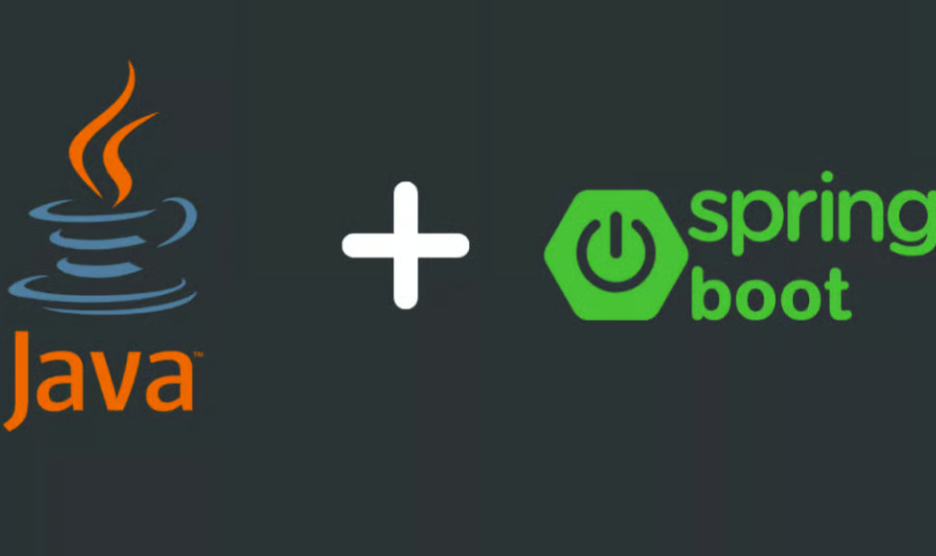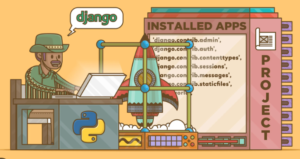Building a social media application with Java and Spring Boot can be an exciting project. Here’s an outline of the key components and steps involved:
- Design the Database Schema:
Start by designing the database schema for your social media application. Identify the entities involved, such as users, posts, comments, likes, and relationships between them. Consider using a relational database management system (RDBMS) like MySQL or PostgreSQL to implement the database. - Set Up the Backend:
Choose Spring Boot as your backend framework and set up the necessary dependencies. Spring Boot provides a robust foundation for building RESTful APIs and handling various aspects of your application. - User Management:
Implement user registration, login, and profile management functionalities. Ensure that users can create accounts, update their profiles, upload avatars, and manage their privacy settings. - Post Management:
Develop APIs for creating, retrieving, updating, and deleting posts. Allow users to upload images, videos, or text-based posts. Implement features like post filtering, sorting, and pagination to enhance the user experience. - Comment and Like Functionality:
Enable users to comment on posts and like them. Implement APIs for adding comments, retrieving comments, and managing likes on posts. Consider implementing features like nested comments and real-time notifications. - User Connections and Relationships:
Implement user connections and relationships, such as following or befriending other users. Create APIs for managing connections, retrieving followers or followings, and displaying user activity feeds. - Notifications:
Implement a notification system to inform users about new followers, likes, comments, or other relevant activities. Send real-time notifications using technologies like WebSocket or integrate with third-party notification services. - Security and Authentication:
Implement authentication and authorization mechanisms to secure your API endpoints. Use Spring Security to manage user authentication and authorization, and ensure that only authorized users can perform certain actions. - Integrations with External Services:
Integrate with external services like file storage (e.g., Amazon S3 or Google Cloud Storage) for storing user avatars and media files. Consider integrating with third-party authentication providers (e.g., OAuth) to provide seamless login options. - Frontend Development:
Choose a frontend framework like Angular, React, or Vue.js to build the user interface of your social media application. Design and implement the necessary pages, components, and user flows to provide a rich user experience. - API Documentation:
Generate API documentation using tools like Swagger or Springdoc to provide clear documentation of your API endpoints, request/response models, and authentication mechanisms. - Testing and Quality Assurance:
Write unit tests and integration tests to ensure the correctness and reliability of your application. Use testing frameworks like JUnit and Mockito to perform automated testing. Perform manual testing to validate the user experience and identify any usability or functional issues. - Deployment and Scaling:
Deploy your application to a cloud platform or a web server of your choice. Set up appropriate server configurations, load balancing, and scaling options to handle increased traffic. Consider containerization with tools like Docker and orchestration with Kubernetes for easier deployment and scalability. - Monitoring and Analytics:
Implement monitoring and analytics tools to track the performance and usage of your application. Monitor critical metrics, log events, and gather user analytics to gain insights and make data-driven improvements.
Building a social media application with Java and Spring Boot requires careful planning, robust backend development, and a well-designed frontend. Ensure that you prioritize user experience, scalability, and security to create a successful and engaging social media platform.




